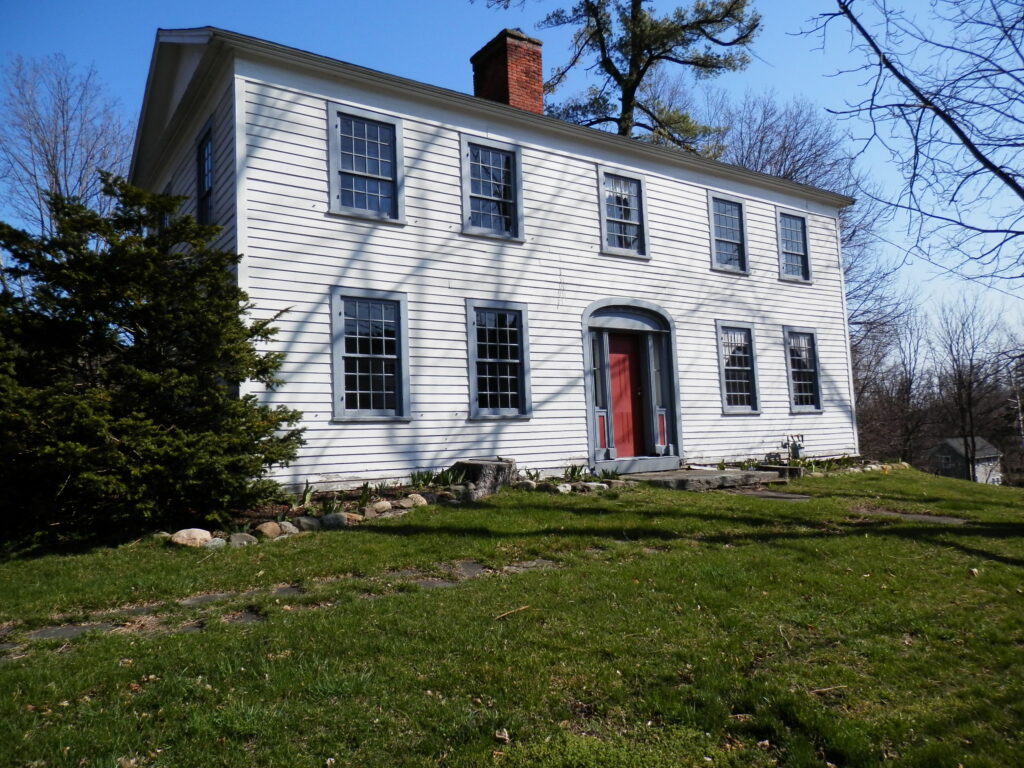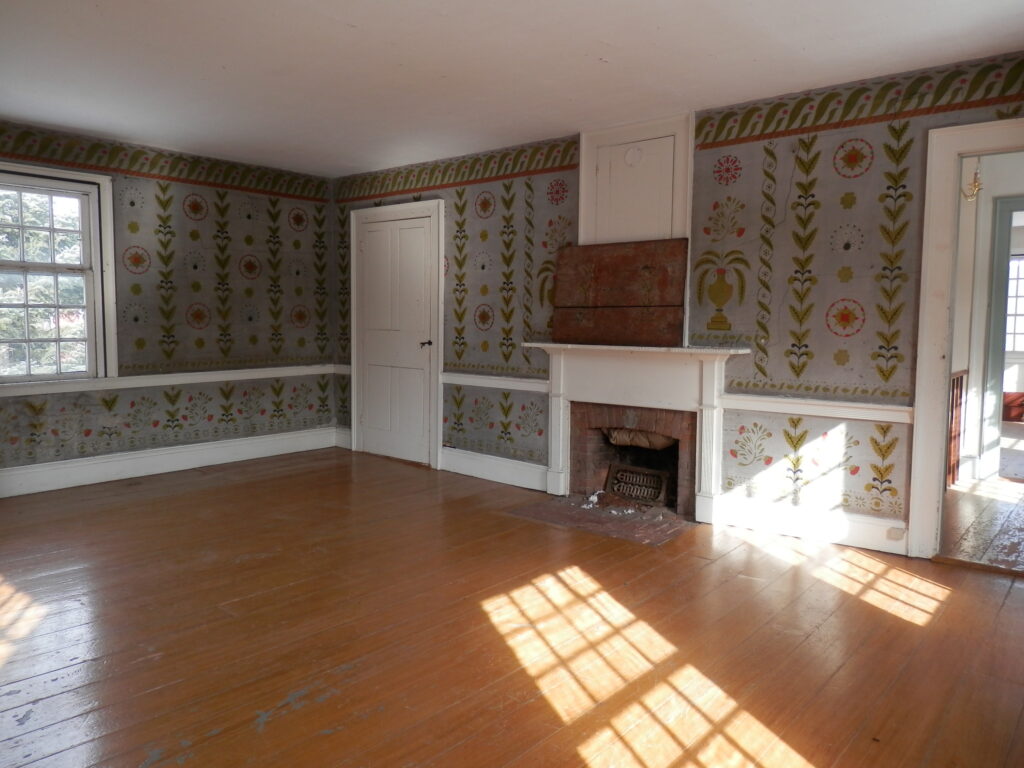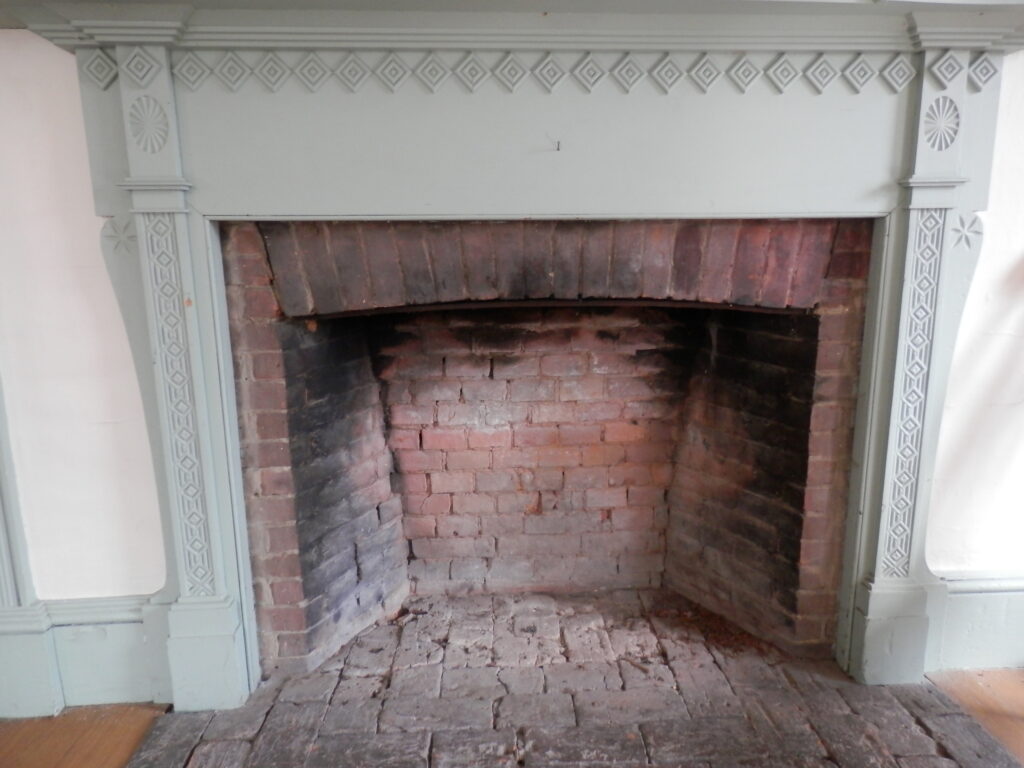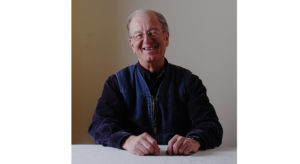From Partridgefield, MA To Naples, NY 1789-1794
- STEPHEN LEWANDOWSKI –
At this time (2021) information is lacking as to how several groups of settlers from western Massachusetts made their way from Partridgefield, Massachusetts (now known as Hinsdale) to land they had purchased from the Phelps and Gorham Company in 1788, located at that time in Connecticut. At about this time, Phelps and Gorham opened what was America’s first land office managed by General Israel Chapin in Canandaigua, NY, selling land acquired from the State of Massachusetts (April, 1788) and the Seneca Indians (July 8,1788).

in Naples, NY
In stories about the trip, references are made to overland travel, travel by water and travel over frozen ground and water.
Travel by water would have entailed poling or rowing north up the Hudson River to its juncture with the Mohawk, poling or rowing west up the Mohawk with a portage at Little Falls to an overland “carry” of two miles to Wood Creek in the vicinity of what would later become Fort Stanwix and Rome, NY. Wood Creek would carry boats, goods and passengers to Oneida Lake. Paddling across Oneida Lake, travelers would exit to Oneida Creek and reach the Oswego River. The Oswego River would deliver them with many twists and turns to Genundewaga, a Seneca village near Seneca Lake. Jane Mills in her History of Naples, NY (c.1896) wrote, “…for several years the water route was considered the more feasible.”
Traveling further west on Lake Ontario from the outflow of the Oswego River, small boats could have kept close to Ontario’s shoreline until they reached either Irondequoit Bay sixty-five miles away, whose Irondequoit Creek could be navigated south about fifteen miles, with difficulty, to the vicinity of what became Mendon Center; or the Genesee River about five miles further west, whose flow, once the boats were carried around the falls in what became the City of Rochester, would have conveyed the travelers to the Honeoye/Hemlock Outlet and thence to Mendon within fifteen miles of Canandaigua Lake.
What land routes were available to settlers?
Iroquois trails abounded in central and western New York, but these were mostly footpaths. The 1779 Colonial invasion led by General Sullivan against the Cayuga and Seneca as part of the Revolutionary War had demonstrated that an army of over two thousand men with their supplies, baggage, and heavy weapons could embark north from the upper Susquehanna River valley, following Indian trails, avoiding swamps and heavy woods, to reach first Seneca Lake, then sweep west destroying villages and crops all the way to the Genesee River. But by ten years later, little existed of this route.
A main Native American thoroughfare stretched from Albany on the Hudson west to Seneca villages on the Genesee River and beyond to what became Buffalo. Once again, it was a footpath but more heavily traveled on its east end and probably convertible to wagon traffic.
The Parish family of twelve embarked in two ox-drawn sleds (the wheels were carried in the cart) in January of 1790 on the northern, mostly land route. Their sleds were loaded with provisions, clothing, and household goods unobtainable in the wilderness. Out of Massachusetts on frozen cart/sled roads and north along the Hudson River to the settlement at Albany, then west over a well-established trail as far as Utica (about 160 miles from Partridgefield) then on a footpath to Fort Stanwix. After Stanwix, the trail was narrow and the travelers were lucky when the ground was frozen.
Oxen could cover fifteen miles in a day, conditions permitting. Their sleds could be converted to two-wheeled carts. Wind-fallen trees would delay their travel by a day to clear them. In the seventy mile stretch between Fort Stanwix and Genundesaga (Geneva) there were no settlements, few houses and less provisions. They found ten settler families at Genundesaga who provided them with shelter, food and ferried them across Seneca Lake. It took them at least two days in bad weather to reach Canandaigua (four weeks away from Stanwix) and two more days to walk with their sleds the twenty mile length of the frozen lake to Naples Creek where they found Kiandaga, a small Seneca village. The third day after their arrival, they began to build a 16’ by 18’ log house in the flats, with split basswood floors and oak shakes for a roof held in place by poles. The houses consisted of one large room on the ground floor with a second floor sleeping area. A large fireplace against one wall was used for heat and cooking.
The second group of forty settlers including the Clark, Cleveland and Watkins families arrived in April of that year. This group had rowed flat-bottomed boats up the Hudson to the the Mohawk River, portaged around Little Falls, continued up the Mohawk until they reached the two-mile portage to Wood Creek. From there they paddled downstream on Wood Creek to the Oswego, Seneca, and Clyde Rivers, stopping at a small settlement at Lyons and finally up Ganargua Creek to the stream flowing out of Canandaigua Lake. In April, the water route would be open of ice all the way to Naples, but timing was all important. Too little flow meant obstacles all the way; too much flow meant hard paddling. They began immediately to construct log houses and huts on arrival.
The resident Seneca likely shared and traded their provisions with the people who would soon supplant them. Phelps and Gorham’s agreement with the Seneca had stipulated that hunting and fishing rights for the Seneca would remain for twenty years. But the Seneca were expected to move west of the Genesee River to Squawkie Hill. Along with log houses, the settlers adopted the Seneca practice of burning out a hollow in the top of an oak round, but added their own springpole to lighten the wooden pestle. Corn grinding was shared in turns, between settlers and Senecas.
Between their 1790 arrival and 1793, when Benjamin Clark’s sawmill was built of mill irons from Providence, RI and nails from Massachusetts, they lived in several log houses. Only after Grimes Creek was diverted to power the sawmill were boards sawed that could become frame houses such as that of Ephraim Cleveland in 1794. Cleveland’s western front room was always available for meetings and religious services.*
*The home (at the corner of Rt. 245 & Main Street, Naples) now serves as part of the Naples, NY Historical Society. See the back page for a supplemental article about Ephraim Cleveland and more images of this beautifully preserved historic home.


Search engines make it possible to do research on historic figures, and even some who are just of genealogical interest, so easily. I hate to think of the hours of searching records that used to be necessary to learn more about a figure like Ephraim Cleveland (1737-1817), who was born in Canterbury, Connecticut and died in Naples, NY. You would have had to go to Connecticut for many of those records.

All photos courtesy of Stephen Lewandowski
Now, we can retrieve records, and opinions and uncertainties, right to our screens. I found these various death dates for Cleveland: 1813, 1817, 1820, 1822, and 1827. Find a Grave says he’s buried in Naples’ Fairview Cemetery and died in 1820.
Despite these differences, some facts appear consistently in many records. Ephraim Cleveland was the son of Timothy and Dorothy Cleveland in Canterbury, CT. He enlisted in 1758 as a teenager to fight on the English side in the French and Indian War. He was captured by Indians, lost his hair from torture, was slated to be burned at the stake with his friend, Mark Watkins, but their lives were redeemed by an Indian woman who had lost a son. They must have learned the Indians’ language in their three years of captivity. It is remarked that Cleveland wore an eel-skin cap for the rest of his life to protect his skull. They escaped and returned to Connecticut where Cleveland married Mary Griffin on March 6, 1766
When the Revolutionary War began, Ephraim enlisted on July 1, 1775 as a Lieutenant in the 16th Massachusetts Regiment and served during the Siege of Boston. In August 1776 he was detached to Lieutenant-Colonel Thomas Knowlton’s Rangers of Durkee’s Connecticut Regiment 20th Continental. He would have been in his mid-30s. They fought the British in Harlem, but all the Rangers were captured in November, 1776. After they were paroled, Cleveland fought at Mifflin, PA, Trenton and Princeton, NJ and Saratoga, NY as a Lieutenant, and later was promoted to Captain.
When Cleveland mustered out in 1779, he returned home to Hardwick, MA. Exactly how he became part of the group of early settlers from Partridgefield (now Hinsdale) MA in the Berkshires is not known (it may have been an association with the Watkins Family) but he arrived with them to occupy what became the Town and Village of Naples, NY in April or May of 1790. The Town had been purchased after some confusion over its exact location from the Phelps and Gorham Company, which had purchased the pre-emption rights from Massachusetts. Naples’ first name was Watkinstown.
These early settlers lived in log houses for years and were heavily dependent on stores of food provided by the Seneca still resident. The first frame houses, including Cleveland’s, were built in 1794 and 1795. He was employed as a surveyor marking off lots for other settlers and also laid out preliminary roads to Canandaigua and Rushville. During this period Cleveland served as a Justice of the Peace, an overseer of the poor, and a member of the Legislature. His wife Mary died, he re-married to Martha Bushnell, and his daughter Olive was one of the village’s first teachers.
The building of these houses by early settlers has to be seen in the context of what else was happening nearby. President George Washington had sent Timothy Pickering to conduct treaty negotiations with the Seneca in Canandaigua, and the treaty was signed in November, 1794 and soon approved by the U.S. Senate. This treaty provided the settlers with greater security and peace-of-mind concerning their acquisition of what had been Seneca land.
Cleveland died in 1820 at roughly 80 years of age and was buried in Fairview Cemetery behind the Congregational Church in Naples. The burial ground enclosed in cast iron fencing is still there, but not the church.
Sources:
• Orsamus Turner’s History of the Settlement of Phelps and Gorham’s Purchase (Rochester 1851)
• Seymour H. Sutton’s unpublished Annals of Naples, 1853
• Janes Mills’ unpublished History of Naples, NY, c. 1896
• Marge Elder’s “Winter Journey” in Rochester Museum and Science Center Focus 3, (#4, 1987),pp. 18-23
• Charles Milliken, History of Ontario County, 1911

Stephen Lewandowski has published fifteen large and small books of poetry, and his poems and essays have appeared in regional and national environmental and literary journals and anthologies. He is co-cordinator with Scott Williams of the Sea of Coffee Open Mic. at the Dalai Java coffeeshop in Canandaigua on third Sunday afternoons. His most recent book of poems is Hard Work in Low Places from Tiger Bark Press of Rochester, NY (June, 2021). He is currently working on a Journal of the Pandemic Year.